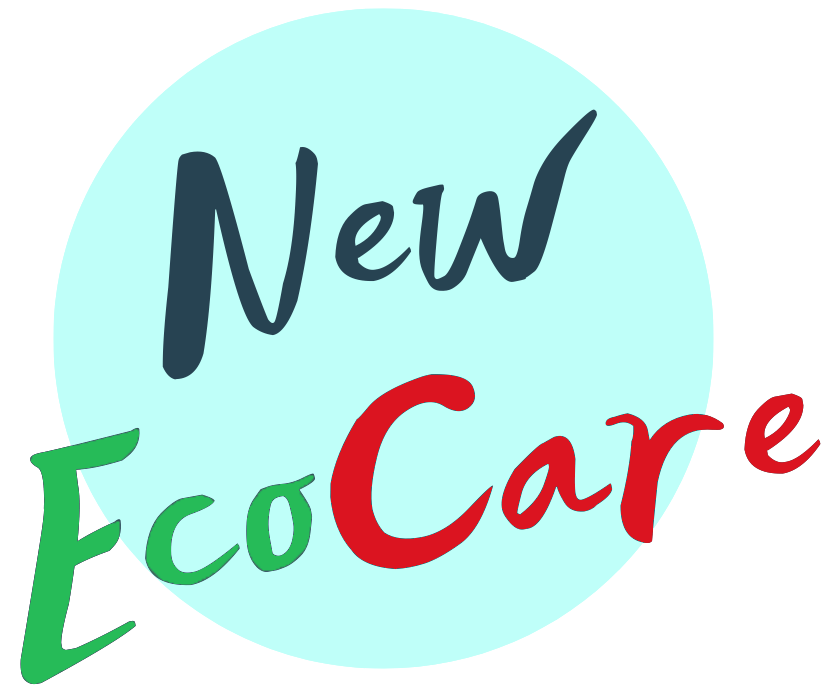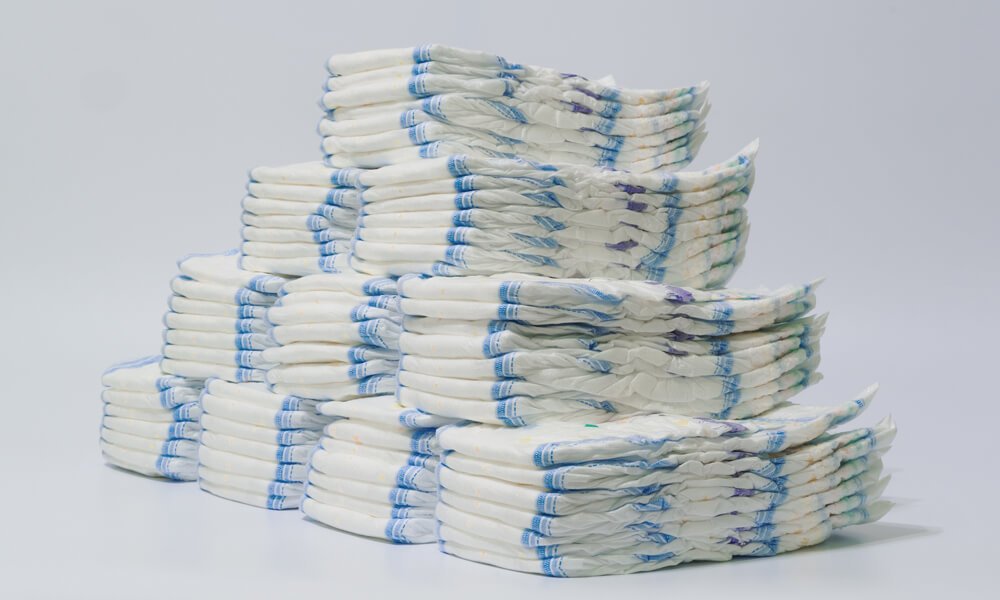L'emballage des couches pour bébés joue un rôle essentiel, non seulement sur le plan esthétique, mais aussi sur le plan de la sécurité du produit, de la satisfaction du consommateur et de l'impact sur l'environnement. Avec la demande croissante de pratiques durables, les parents sont plus conscients de ce qu'ils achètent, jusqu'à l'emballage. Le choix de l'emballage des couches pour bébés est plus qu'une simple décision marketing ; il influence la durée de conservation du produit, sa facilité d'utilisation et l'expérience globale du consommateur.
L'emballage doit non seulement assurer la protection de la couche, mais aussi communiquer les valeurs de la marque et répondre aux préférences des consommateurs. Comprendre comment choisir le bon emballage implique un mélange de praticité, de durabilité et d'attrait visuel.
Facteurs à prendre en compte lors du choix de l'emballage des couches pour bébés
Plusieurs facteurs entrent en ligne de compte dans le choix de l'emballage des couches pour bébés. Il est essentiel de s'assurer que l'emballage protège le produit, qu'il est facile à manipuler et qu'il répond aux attentes des consommateurs et de l'environnement. Voici les principaux facteurs à prendre en compte :
Sélection des matériaux : Options écologiques
Les matériaux écologiques sont devenus une priorité absolue en matière d'emballage. Le développement durable occupant une place centrale, de nombreuses entreprises optent pour des matériaux recyclables ou biodégradables. Cette démarche est non seulement bénéfique pour l'environnement, mais elle renforce également la réputation de la marque. Le choix de matériaux d'emballage fabriqués à partir de ressources naturelles ou recyclées peut également attirer les parents soucieux de l'environnement.
Durabilité et protection
L'emballage des couches doit être suffisamment solide pour protéger le produit de la contamination, de l'humidité et d'autres facteurs externes. Un emballage faible ou facilement endommagé peut entraîner une détérioration des couches, ce qui nuit à la qualité globale du produit. Un matériau d'emballage solide et durable garantit que les couches restent fraîches et hygiéniques plus longtemps.
Solutions d'emballage écologiques pour les couches pour bébés
La demande croissante de produits durables a poussé les fabricants à développer des solutions d'emballage respectueuses de l'environnement. Les emballages écologiques répondent non seulement aux préoccupations environnementales, mais ils s'alignent également sur les valeurs des consommateurs modernes. Examinons quelques options respectueuses de l'environnement.
Le rôle des matériaux biodégradables
Les emballages biodégradables sont une option durable pour les couches pour bébés. Les matériaux tels que les plastiques à base de plantes, le papier et les fibres organiques peuvent se décomposer naturellement sans nuire à l'environnement. Cela permet non seulement de réduire les déchets, mais aussi de créer une planète plus saine pour les générations futures.
Réduire l'empreinte environnementale
Le développement durable dans le domaine de l'emballage implique de minimiser l'empreinte écologique. Les entreprises qui s'efforcent de réduire les déchets d'emballage, d'utiliser moins de plastique et d'opter pour des matériaux facilement recyclables contribuent à diminuer l'impact écologique de leurs produits. En réduisant les emballages excessifs et en optant pour des designs minimalistes, les marques peuvent renforcer leur responsabilité environnementale.
Tendances en matière de design d'emballage pour les couches pour bébés
La conception de l'emballage est un facteur essentiel pour attirer les clients. Qu'il s'agisse d'un design minimaliste ou de graphiques éclatants, l'emballage doit se démarquer dans les rayons.
Des conceptions innovantes pour une manipulation aisée
Aujourd'hui, les emballages de couches mettent l'accent sur la fonctionnalité. Les emballages innovants qui offrent des caractéristiques d'ouverture facile, des fermetures refermables et des poignées ergonomiques gagnent en popularité auprès des parents. Ces caractéristiques rendent le produit plus convivial et plus pratique à utiliser au quotidien.
Préférences des consommateurs et attrait visuel
L'emballage est souvent la première chose que les consommateurs remarquent lorsqu'ils découvrent un produit. L'attrait visuel joue un rôle crucial dans les décisions d'achat. Un design attrayant, des polices de caractères créatives et un étiquetage clair sont autant d'éléments qui permettent de créer un emballage qui trouve un écho auprès du public cible qui, dans le cas présent, est principalement constitué de parents d'enfants en bas âge.
Le rôle de la marque dans l'emballage des couches pour bébés
L'emballage d'un produit en dit long sur la marque. L'emballage des couches pour bébés doit refléter les valeurs et l'identité de l'entreprise, afin d'instaurer un climat de confiance et de loyauté parmi les clients.
Comment l'emballage influence la confiance des consommateurs
L'emballage a une influence directe sur la confiance des consommateurs. Un étiquetage clair, des matériaux de haute qualité et l'aspect général de l'emballage peuvent contribuer à renforcer la fiabilité d'une marque. Les parents sont plus enclins à faire confiance à un produit qui semble sûr et bien fabriqué, et l'emballage joue un rôle important dans cette communication.
Aligner le design sur l'identité de la marque
L'identité d'une marque doit se refléter dans son emballage. Par exemple, les marques respectueuses de l'environnement devraient utiliser des couleurs et des matériaux terreux pour exprimer leurs efforts en matière de développement durable. En revanche, une marque haut de gamme peut opter pour des designs plus élégants et haut de gamme. L'objectif est de créer une représentation visuelle des valeurs fondamentales de la marque à travers son emballage.
Emballage rentable pour les couches pour bébés
Si les designs haut de gamme et les matériaux respectueux de l'environnement sont importants, le coût de l'emballage est un autre élément essentiel à prendre en compte. Il est essentiel de trouver un équilibre entre la qualité et le prix.
Équilibrer la qualité et l'accessibilité financière
Pour rester compétitives, les marques de couches doivent veiller à ce que leurs emballages soient rentables sans compromettre la qualité. Cela signifie qu'il faut choisir des matériaux durables et fonctionnels, mais dont le coût de production est abordable. Les emballages en vrac sont souvent plus économiques et permettent de réduire les coûts d'emballage à long terme.
Solutions d'emballage en vrac
L'emballage en vrac est un moyen efficace de réduire les matériaux d'emballage et les coûts. Proposer des couches en plus grandes quantités peut être plus attrayant pour les parents qui préfèrent faire des réserves, et cela peut réduire l'impact environnemental global en utilisant moins de ressources pour l'emballage.
Options d'emballage personnalisables pour les couches pour bébés
La personnalisation devient un élément essentiel de l'emballage. Les marques qui offrent des options d'emballage personnalisables peuvent engager les clients à un niveau personnel.
Personnalisation et engagement des consommateurs
Les emballages personnalisés permettent aux parents de se sentir plus proches de la marque. Par exemple, des noms imprimés sur mesure ou des motifs sur le thème du bébé peuvent rendre le produit plus spécial. Ce niveau de personnalisation améliore non seulement la satisfaction du client, mais renforce également la fidélité à la marque.
Renforcer la fidélité à la marque grâce à l'emballage
L'engagement des consommateurs par le biais de l'emballage peut favoriser une fidélité à long terme. Un emballage innovant et répondant aux besoins du consommateur peut laisser une impression durable et encourager les achats répétés.
L'impact de l'emballage sur la durée de conservation des couches pour bébés
L'emballage est un facteur essentiel pour garantir la durée de conservation des couches pour bébés. Un emballage correctement scellé et durable peut protéger les couches de la contamination et prolonger leur durée d'utilisation.
Comment l'emballage garantit la fraîcheur des produits
Un bon emballage permet de conserver la fraîcheur des couches en les protégeant de l'humidité, de la poussière et des bactéries. Les options d'emballage hermétique, telles que les sacs sous vide, garantissent que les couches restent hygiéniques jusqu'à ce qu'elles soient utilisées.
Prévention de la contamination par l'humidité et les bactéries
L'humidité et les bactéries peuvent rapidement compromettre l'intégrité d'une couche pour bébé. Un emballage qui constitue une barrière solide contre ces contaminants est essentiel pour garantir la sécurité et l'efficacité du produit.
La durabilité dans l'emballage des couches pour bébés : Un regard vers l'avenir
L'avenir de l'emballage des couches pour bébés s'oriente vers des solutions plus durables et innovantes. Les fabricants explorent constamment de nouveaux moyens de rendre les emballages à la fois fonctionnels et respectueux de l'environnement.
Innovations en matière d'emballages réutilisables
Les emballages réutilisables, tels que les boîtes de rangement ou les sachets refermables, sont de plus en plus nombreux. Ils permettent non seulement de réduire les déchets, mais aussi d'offrir aux parents un moyen pratique de ranger les couches une fois l'emballage ouvert.
L'avenir de l'emballage durable pour les couches pour bébés
Au fur et à mesure que la technologie progresse, nous pouvons nous attendre à voir apparaître des solutions d'emballage plus durables. Des matériaux qui se décomposent plus facilement aux innovations en matière d'emballage qui utilisent moins de ressources, l'avenir semble prometteur pour les parents et les marques soucieux de l'environnement.
Conclusion
En conclusion, le choix de l'emballage des couches pour bébés joue un rôle essentiel dans la protection du produit, la satisfaction du consommateur et l'impact sur l'environnement. Alors que les marques continuent d'innover avec des matériaux respectueux de l'environnement et des designs personnalisés, l'avenir de l'emballage des couches pour bébés est appelé à devenir plus durable et plus respectueux des consommateurs. Qu'il s'agisse de réduire l'empreinte écologique ou d'améliorer l'engagement des clients, le choix du bon emballage est essentiel pour une réussite à long terme.

